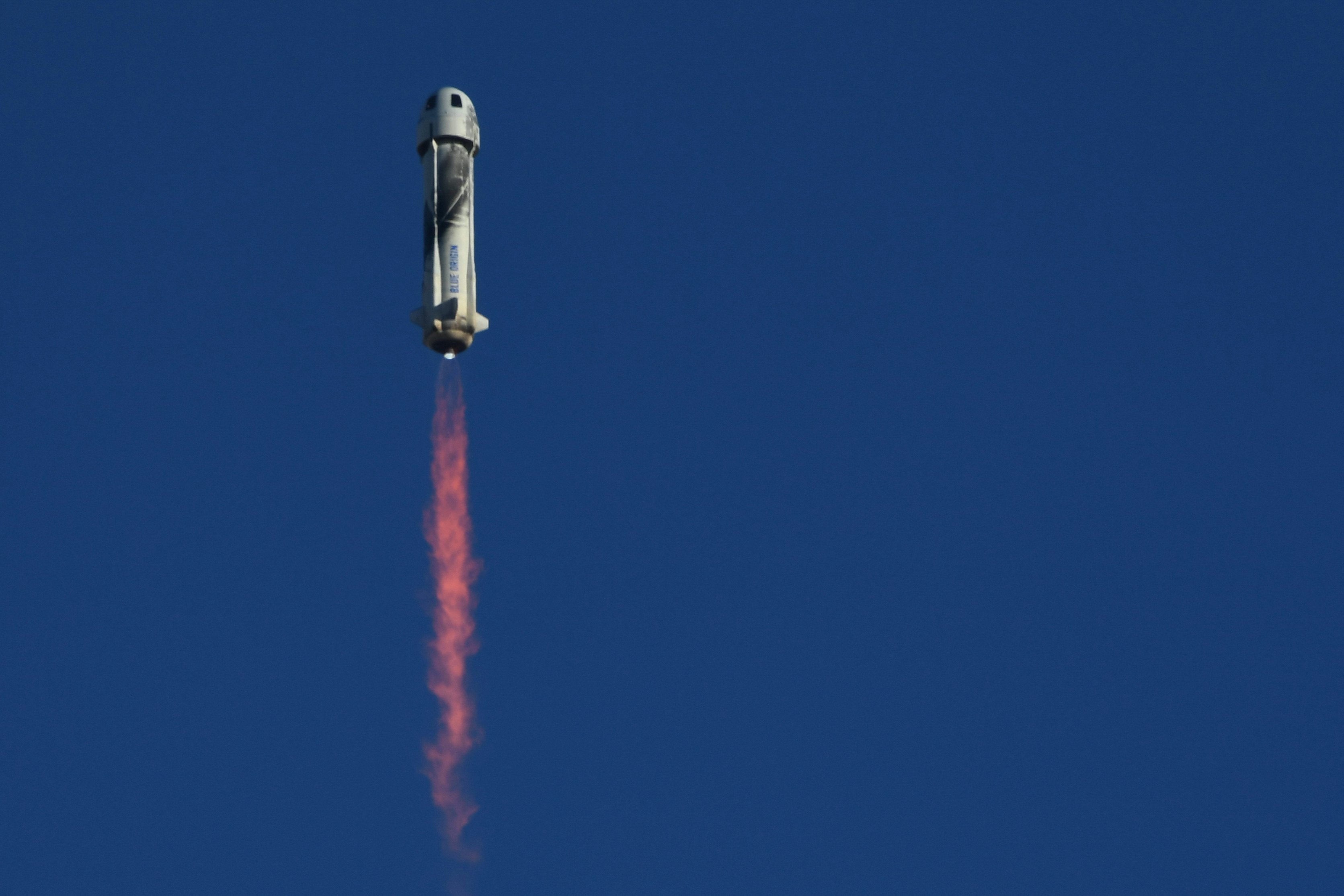
It’s a busy time for the International Space Station. In the last month or so, the ISS has hosted private citizens, seen a couple of SpaceX vehicles come and go, and the fun isn’t over yet. On May 20, 2022, the station hopes to play host to private aerospace giant Boeing’s Starliner capsule — some two-and-a-half years after it was originally supposed to.
What’s new — Boeing and NASA will launch the company’s CST-100 Starliner capsule atop an Atlas-V rocket designed by the United Launch Alliance, a joint Boeing-Lockheed Martin venture, from the Cape Canaveral Space Force facility in Florida at 6:45 p.m. Eastern on May 19, 2022.
The uncrewed launch, known as OFT-2 (Orbital Flight Test 2), comes almost three years after a failed first attempt in December 2019, when Boeing’s Starliner didn’t achieve the right orbital height to sync up with the ISS and failed to dock with the station.
This is Boeing’s second attempt at docking its Starliner capsule with the ISS — and it has been beset with problems already. OFT-2 was originally slated for August, 2021, after all.
HORIZONS explores the innovations of today that will shape the world of tomorrow. This is an adapted version of the May 16 edition. Forecast the future by signing up for free.

The Starliner launch, if it reaches the ISS successfully and doesn’t fall short once more, will prove the Atlas-V rocket and Starliner system can ferry cargo and crew into space from Earth and back. The effort is part of NASA’s Commercial Crew program, which seeks to partner the space agency with private companies to get supplies and people into space and back without the need for an inhouse shuttle program.
Boeing’s system — unlike SpaceX, which lands its rockets at sea on droneships — will land used spacecraft in the desert so that they can be redeployed at future launches.
You can tune in to the various prelaunch activities and the launch itself live via the NASA TV website.
On the horizon...

There is a little-known ingredient critical to the success of the Pfizer-BioNTech and the Modern vaccines in fighting off Covid-19 infection: fat. In a new story for Science Magazine, journalist Elie Dolgin explains how this little known facet of the mRNA vaccine technology works — and why it needs to get better at its job.
When messenger RNA (mRNA) encoding for the coronavirus’ spike protein enters the body, it comes enclosed in a layer of lipid nanoparticles — tiny little globs of fat. But these fat particles also trigger immune responses (if your arm felt like you had lifted weights for three hours after your Covid-19 shots, you have lipid nanoparticles to blame) and are a bit inefficient at the work they do — unloading the mRNA into your cells.
But as Dolgin reports, scientists are working hard to make this stage of the technology better. mRNA vaccines are crucial in the fight against Covid-19, but they could also help treat cancers, heart disease, HIV, and myriad other conditions.
See it to believe it

If you live in North America, you may have thought April 2022 was a bit chilly — and you were right. This year’s April was the coldest on record since 2018. But meanwhile, much of the rest of the world fried under intensely hot conditions. The above chart shows the globe with major climate events and trends plotted onto regions of the world. Note that throughout the world, nowhere seems untouched by a climate event — another clear sign that we are living in an era of unpredictable and unprecedented extreme weather.
Read NOAA’s full April report here.
T-minus the internet…
5. Elon Musk’s SpaceX manages to launch not one, but two Starlink internet satellite batches in a single 24-hour period, according to Teslarati. In total, SpaceX sent 106 satellites to space on May 13 and May 14.
4. The Facility for Rare Isotope Beams is a brand new institute at Michigan State University dedicated to studying strange and unusual configurations of elements. The Guardian reports on how it will make versions of atoms never seen on Earth.
3. Scientists have designed an algae-powered computer. A cousin to the slime-mold computer, The Verge explains how this machine works using photosynthesis — the process by which plants convert sunlight to energy.
2. The U.S. is offering licenses to certain Covid-19 related technologies, including the Pfizer-BioNTech vaccine, for other countries to use, Science reports. The initiative, known as the COVID-19 Technology Access Pool, is organized by the World Health Organization.
1. Made For Love, on HBO now, hits the nail on the head when it comes to technology start-ups and food “innovation,” writes Jaya Saxena on Eater. Namely: The problem with “hacking” one’s diet for optimal health is that it comes at the expense of actually eating real, tasty food.
Beyond the horizon…

Speaking of private spaceflight, this week Blue Origin will send another batch of tourists into the sky as part of the NS-21 mission. Space.com is streaming the launch live in partnership with Bezos’ space-faring firm, and you can watch it on their site. The flight will carry up six people, including engineer and space enthusiast Katya Echazarreta, who will become the first Mexican-born woman to go into space on a private mission.
This has been HORIZONS, a newsletter that explores the innovations of today shaping the world of tomorrow.
Do you think it can be improved? Have a story idea? Send your tips and all other musings to horizons@inverse.com







